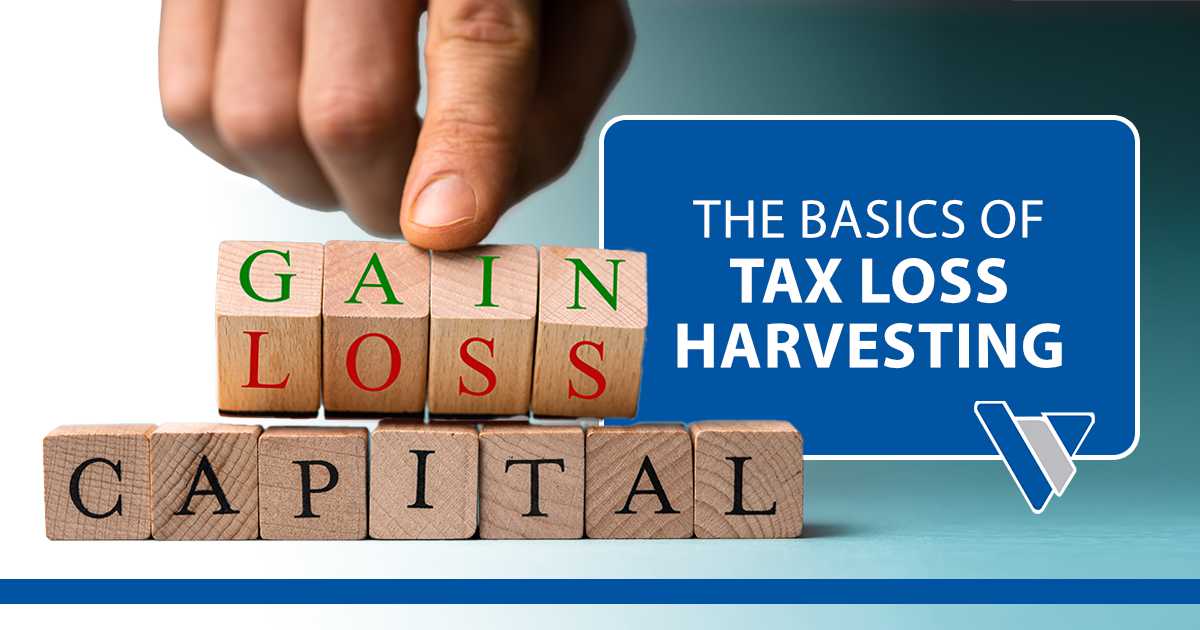In my last article, I discussed the importance of proper titles in regards to qualified accounts,...


It’s getting close to the end of the year, and it may be time to consider some strategies to optimize your 2016 taxes. One strategy that we use at Virtus Wealth Management is Tax Loss Harvesting.
Tax loss harvesting is the practice of selling a security that experienced a loss. By realizing, or “harvesting” a loss, investors are able to offset taxes on gains, and up to $3,000 of income with any excess losses that may remain. In some cases, the sold security can be replaced by a similar one in an effort to maintain an optimal, diversified mix.
There are several things we keep in mind as we determine how tax loss harvesting might help our clients. First, we review our clients’ current capital gains and losses. Next, we assess their potential tax liability from realized gains, based on their income and the type of gains. Then, once we have a sense of how much they might owe in capital-gains tax, we begin looking for tax loss selling candidates by considering investments that no longer fit our strategy, have poor prospects for future growth, or can be easily replaced by other investments that fill a similar role. In the last scenario, it’s important to remember the wash-sale rule which disallows the loss if an investor sells an investment for a loss and repurchases the same investment or a substantially similar investment within 30 days before or after the sale. We monitor this rule closely.
Evaluating and managing the tax consequences of your investment decisions can be difficult. Before you begin selling investments, it’s imperative to talk with a financial professional or tax advisor so you understand the pros and cons of taking losses. Virtus Wealth Management is here to help. Please contact us if you have any questions or concerns.
Happy Harvesting!
The opinions voiced in this material are for general information only and are not intended to provide specific advice or recommendations for any individual. Economic forecasts set forth may not develop as predicted and there can be no guarantee that strategies promoted will be successful. There is no guarantee that a diversified portfolio will enhance overall returns or outperform a non-diversified portfolio. Diversification does not protect against market risk. Investing involves risk including loss of principal. Alternative investments may not be suitable for all investors and should be considered as an investment for the risk capital portion of the investor’s portfolio. The strategies employed in the management of alternative investments may accelerate the velocity of potential losses.